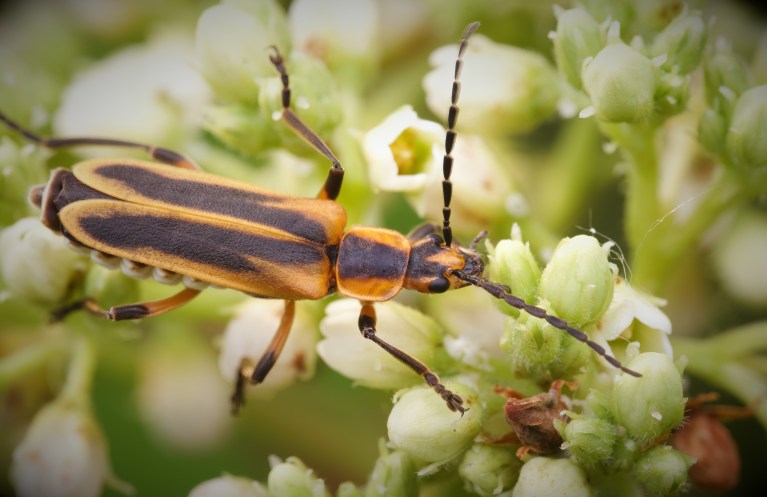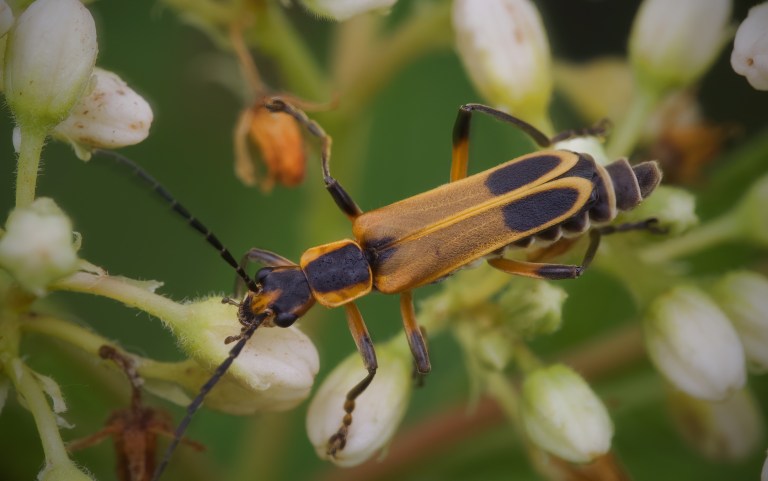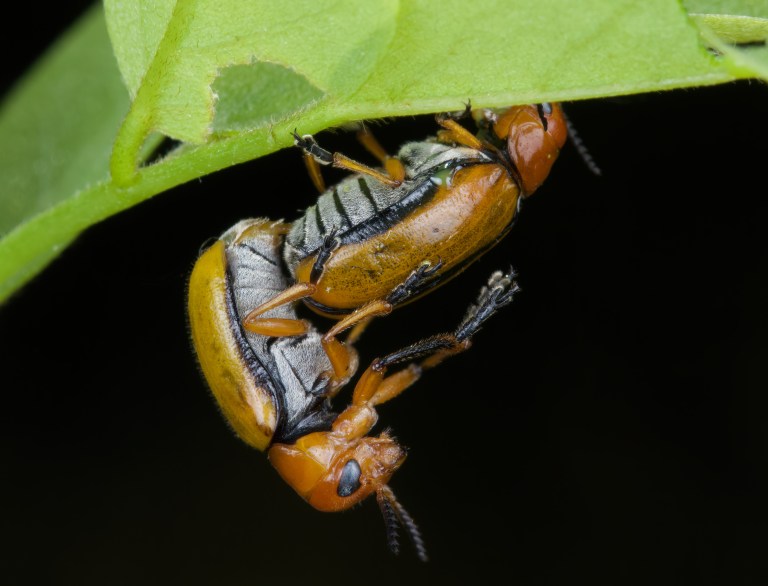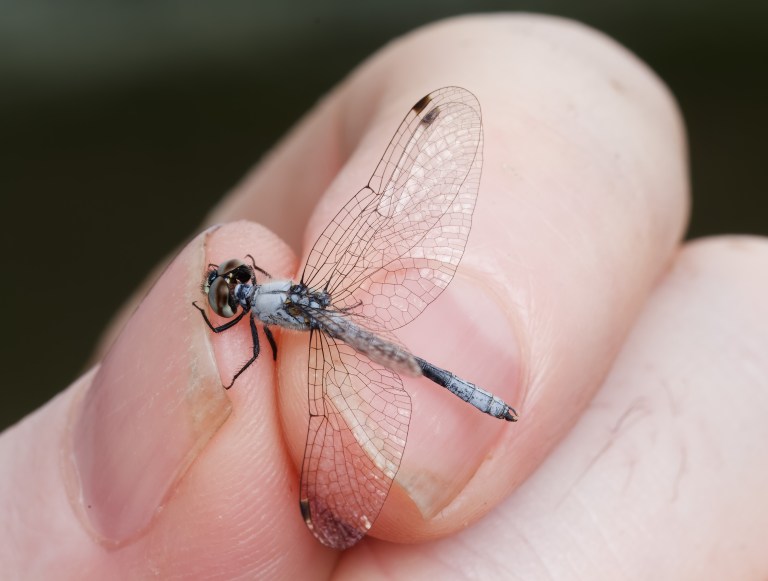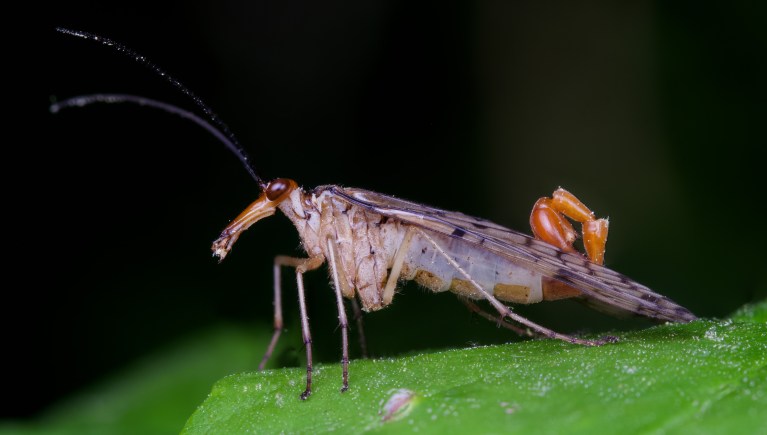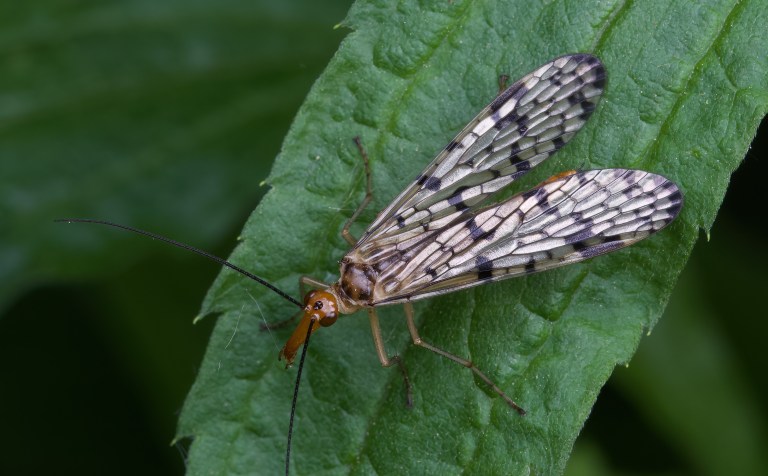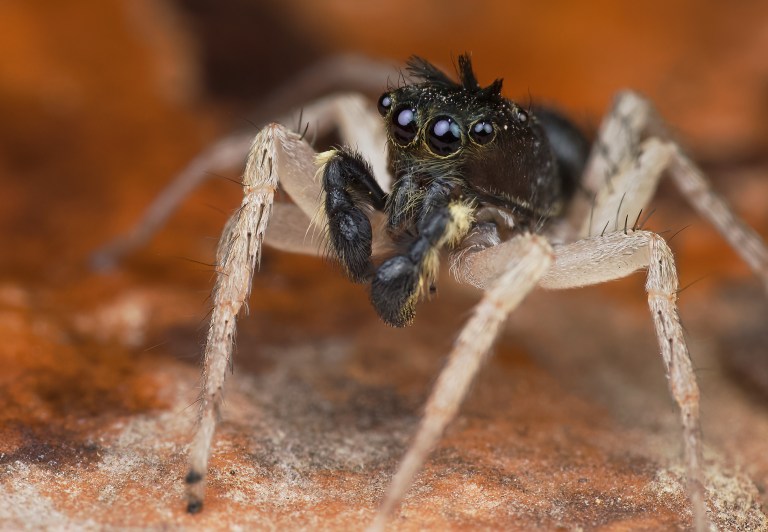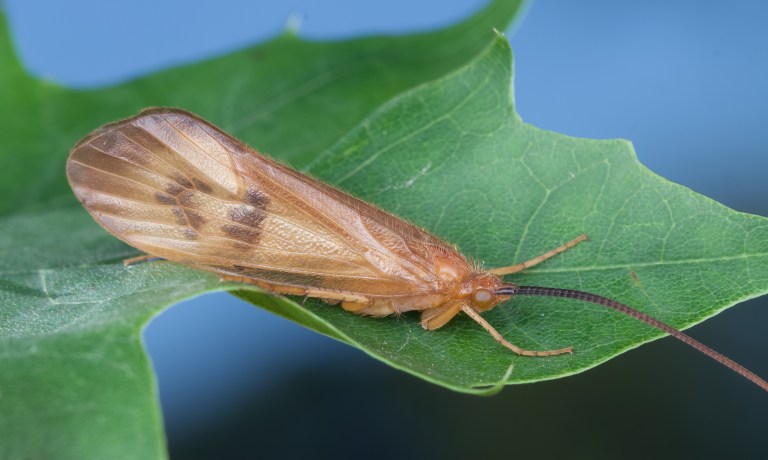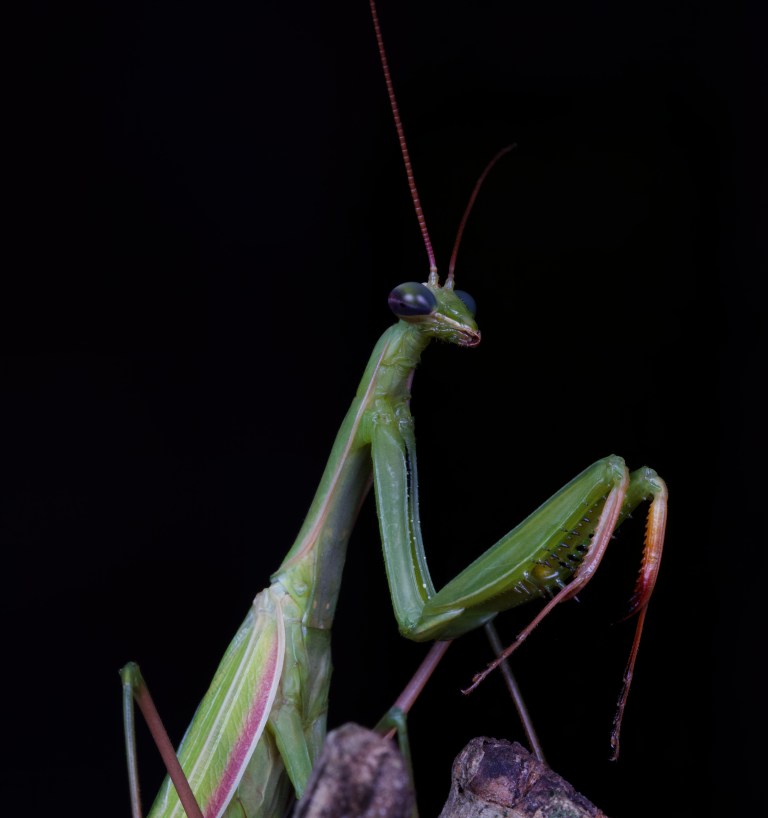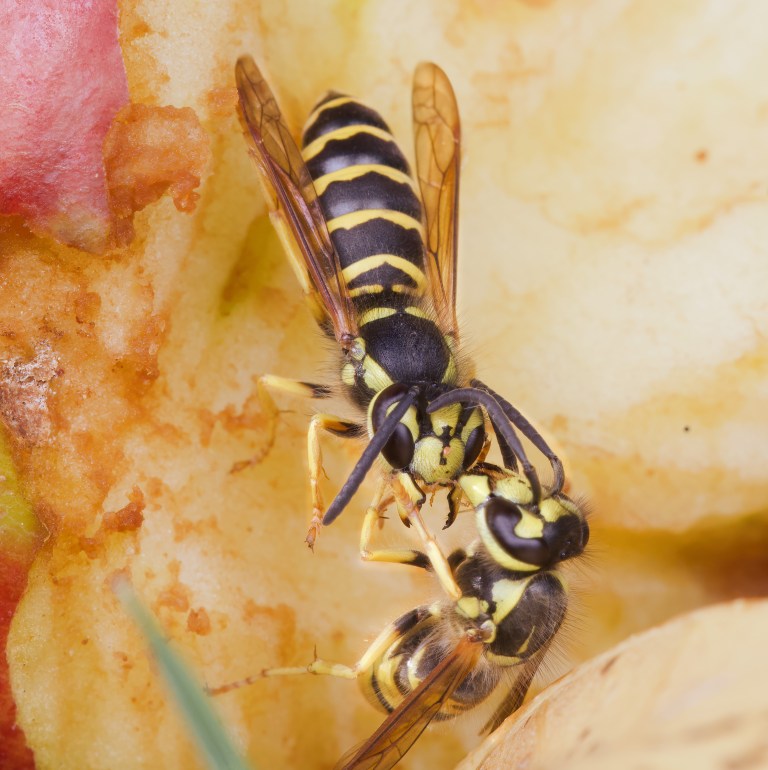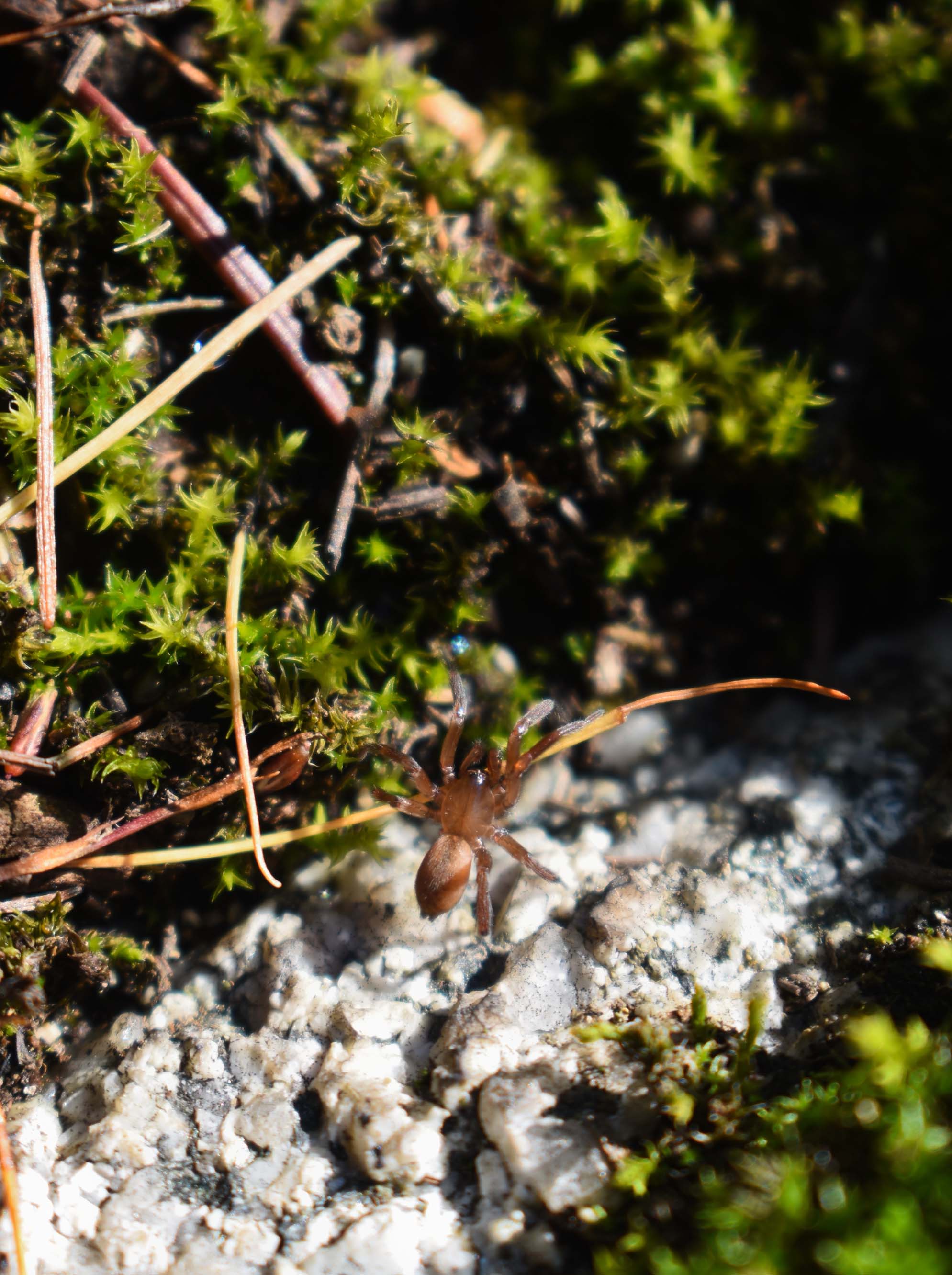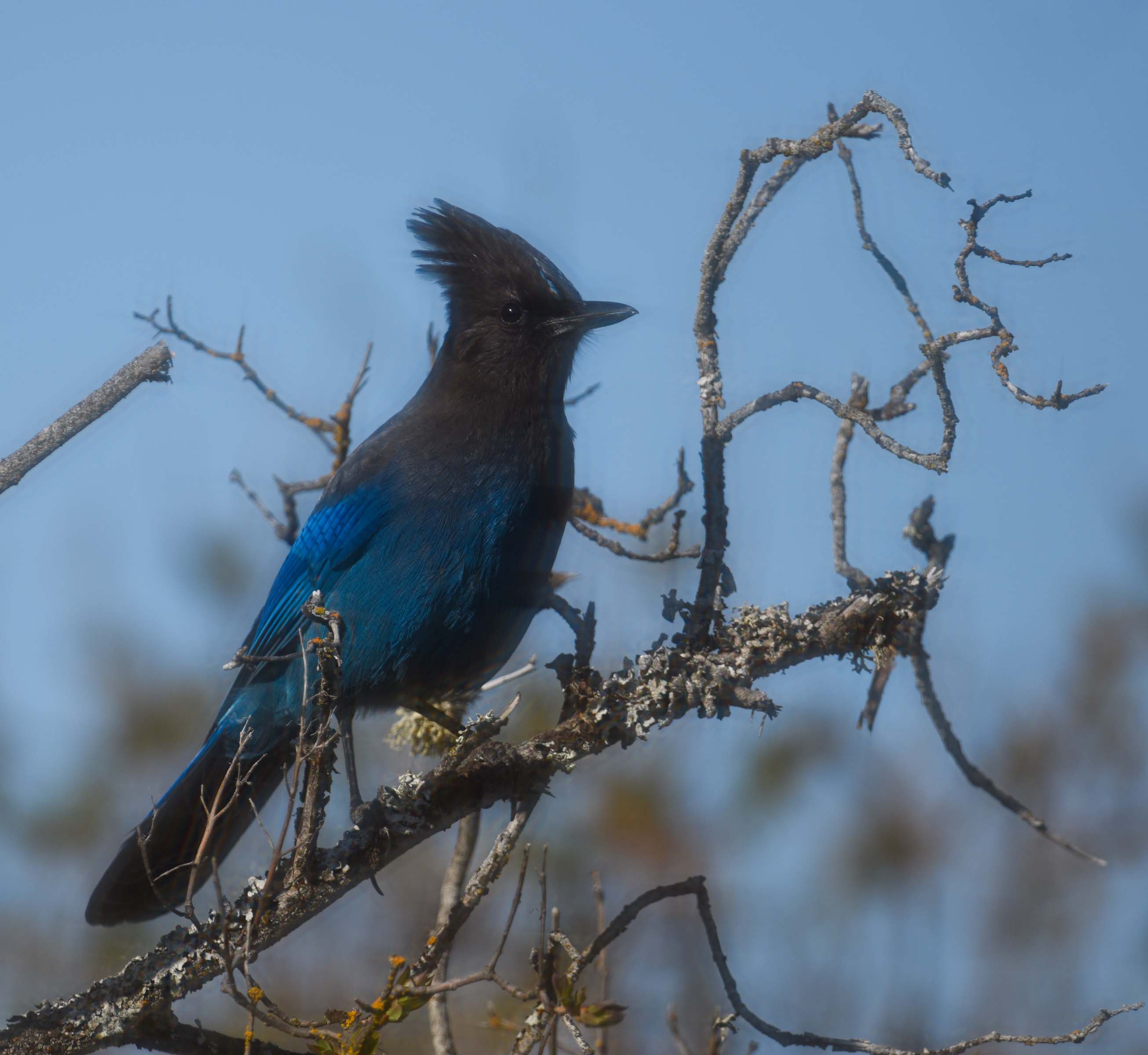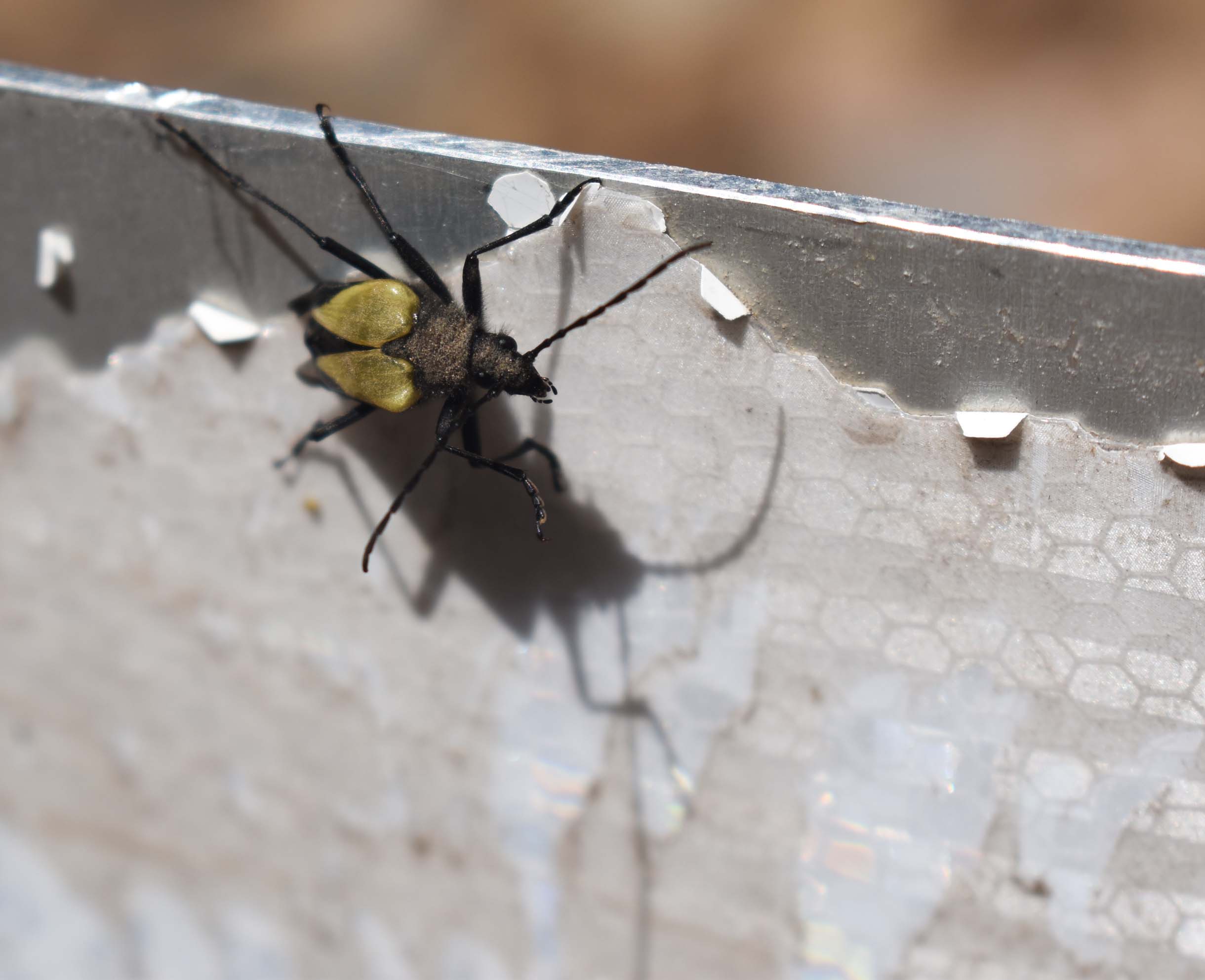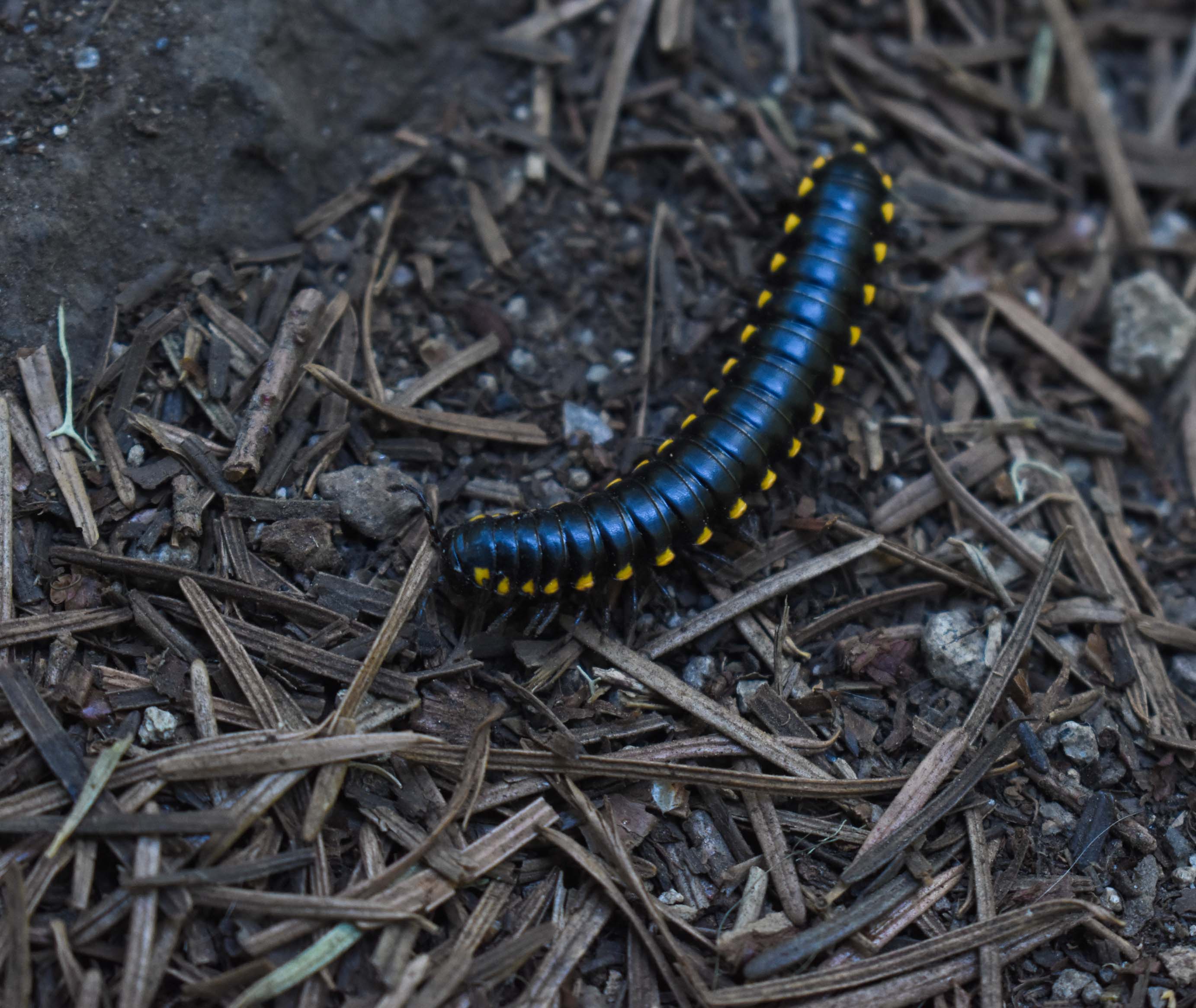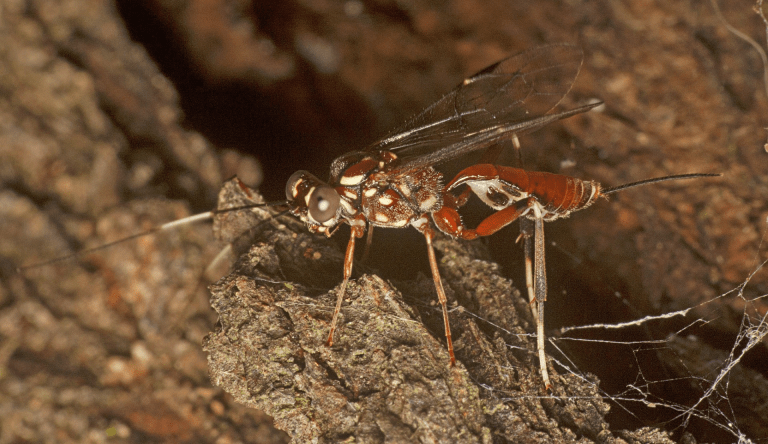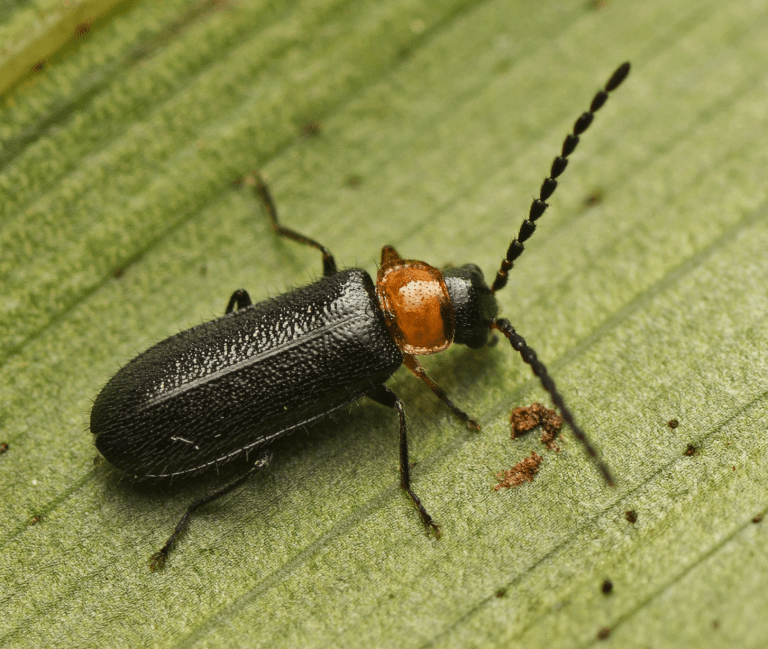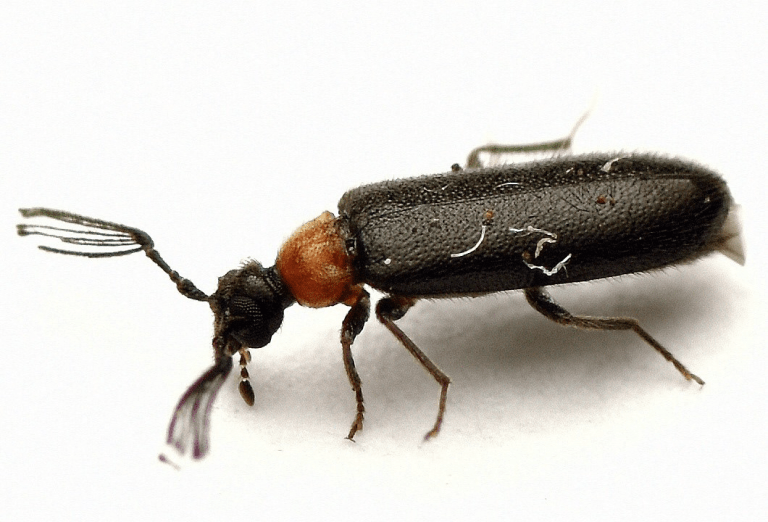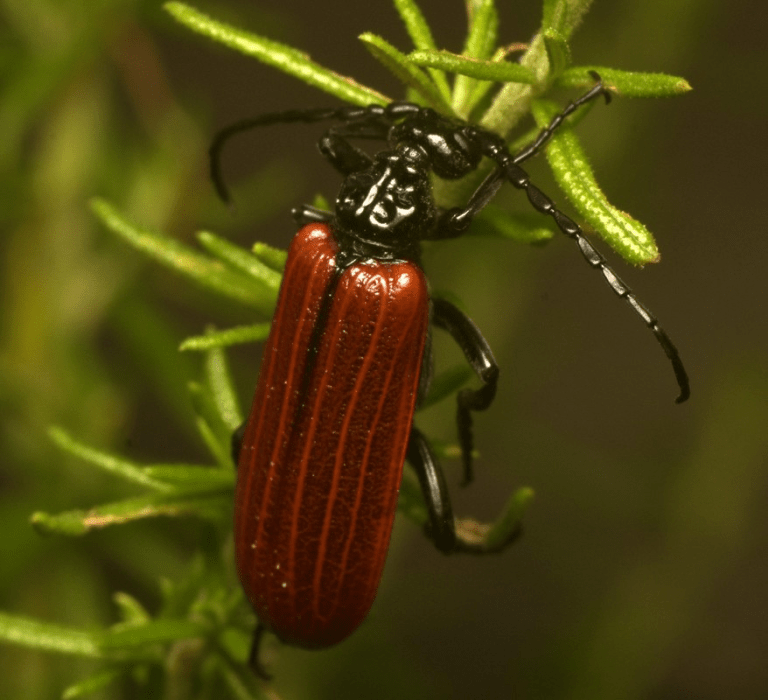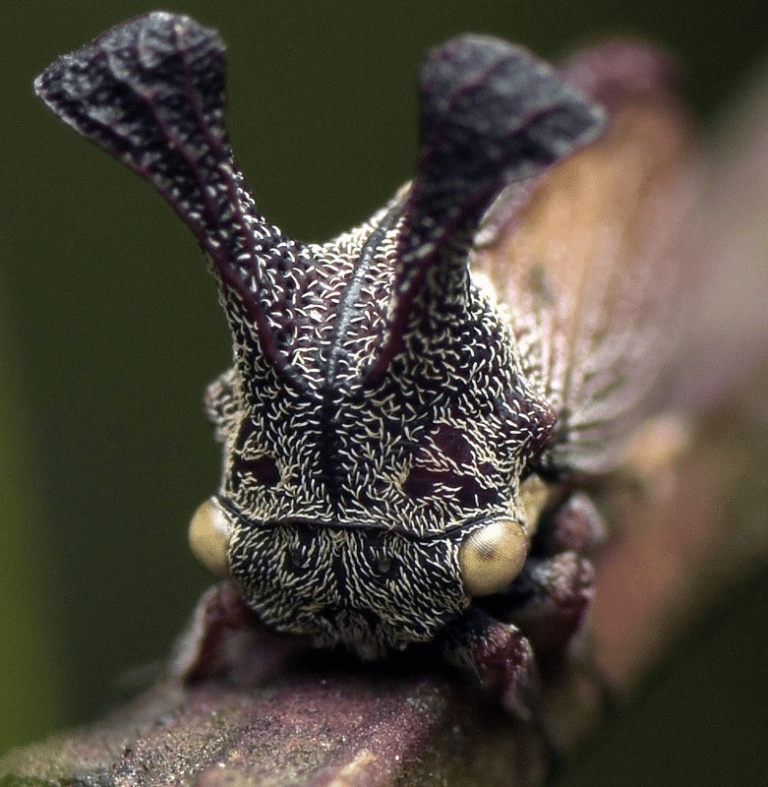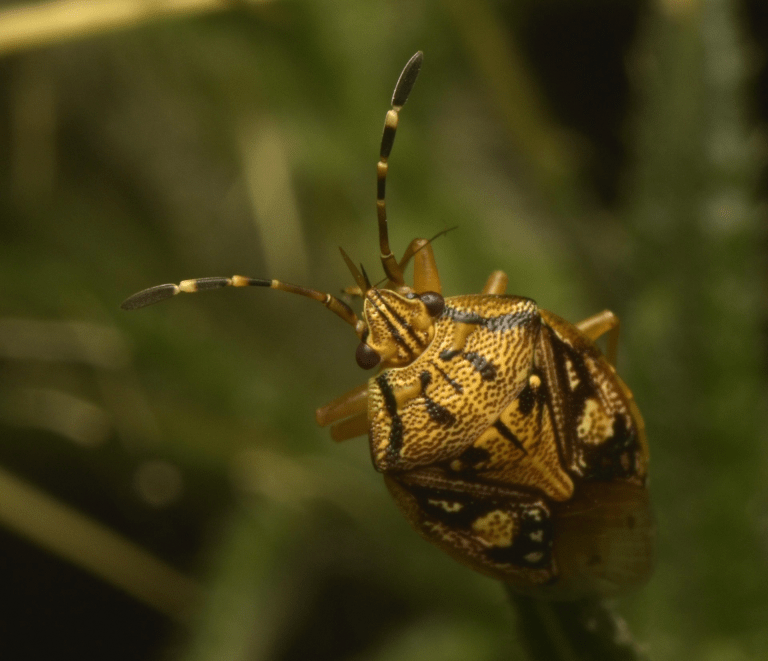Mark Sturtevant has answered the call for photos with some lovely pictures of insects and plants. Mark’s notes are indented, and you can enlarge the photos by clicking on them.
We begin with the tail end of a trip to Ohio last summer.
There is a terrific bog at a park there which I shall always visit when “bugging” in that state. I don’t often photograph flowers, but these Showy Lady’s Slipper Orchids Cypripedium reginae were abundant, and they are rather special since this species of Lady’s Slipper is generally rare. Visitors are not allowed to stray off of the boardwalks in the park, so my long lens came in handy here. That rule was frequently broken by others, btw, and it really ticked me off:
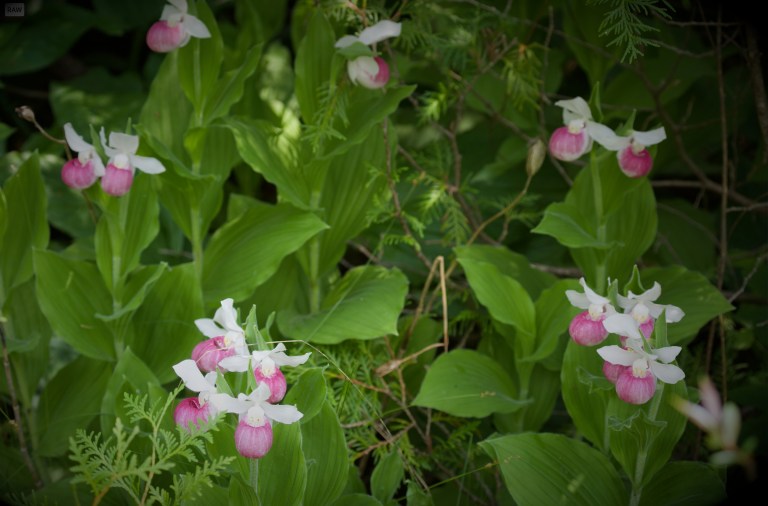
Next up is a new species of spider, the Western Lynx Spider (Oxyopes scalaris). Lynx spiders are ambush predators that sit up high on plants. Despite its common name, this species is widespread in the U.S., although it was new to me:
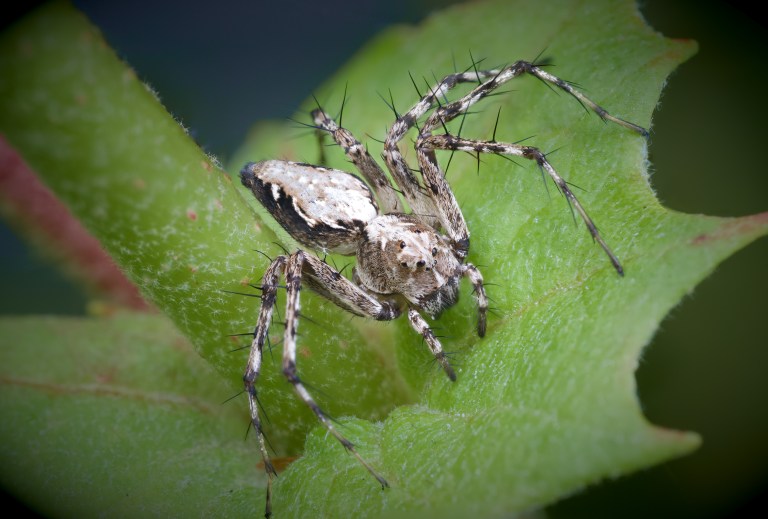
At a prairie location, these Soldier Beetles were abundant on various flowers where they were feeding on pollen. Their bright colors are a warning that they are not palatable. I thought they were two species, but it turns out they are both Margined Leatherwings, Chauliognathus marginatus, a species that comes in different color morphs:
Back we go to my resident state of Michigan. At a park some hours to the south of me, there were these mini-swarms of beetles that were feeding and mating on low shrubbery. Another new species. It turns out they are Clay-colored Leaf Beetles, Anomoea laticlavia, and they have an interesting biology in that their larvae live underground where they are tended by ants:
While on the subject of beetles having sex, here are a pair of Asian Ladybird Beetles (Harmonia axyridis), a species that has a number of other common names. They are an introduced and hugely dominant species of “ladybug”, and I worry that they have displaced some native species:
But now we get into some very special items. Near where I live is a park that has several wetland areas with “fens”, or at least that is what our park service calls them. I am told they also have features for “bogs”, however. The different types of wetlands are based on chemistry and water movement, plus the presence of various indicator plants.
Anyway, I call my favorite one “Sturtevant’s Fen” since its location is well off any trail and no one else goes to it. So it is a great place and it is all mine. One of its best features is that it harbors a healthy population of our smallest dragonfly, called the Elfin Skimmer (Nannothemis bella), is a species that is very fussy about the wetland conditions upon which it depends. Ever since I’ve known of these amazing little dragonflies, I’ve had a vision to photograph them in hand in order to convey how incredibly small they are. Catching them with a net was super easy. First, here is a male. I promise he is not being harmed. Next is the very different looking female. She had recently emerged, and so was not inclined to fly. This picture is one of my favoritest pictures I’ve ever taken! Elfin Skimmers are the 2nd smallest dragonfly in the world, and the smallest is a close relative found in China:
Sturtevant’s Fen also has orchids. The most common are these lovely grass pink orchids (Calopogon tuberosus). I believe this is a bog and not a fen indicator, but they are still very nice. The strange yellow thingies up top are lures that are meant to fool bees into foraging upon them since they look like anthers. The weight of the bee then causes the petal to tip down to the central column below, where sticky pollen sacs await to attach onto the hapless bee. Darwin would have appreciated the contrivances of these orchids:

